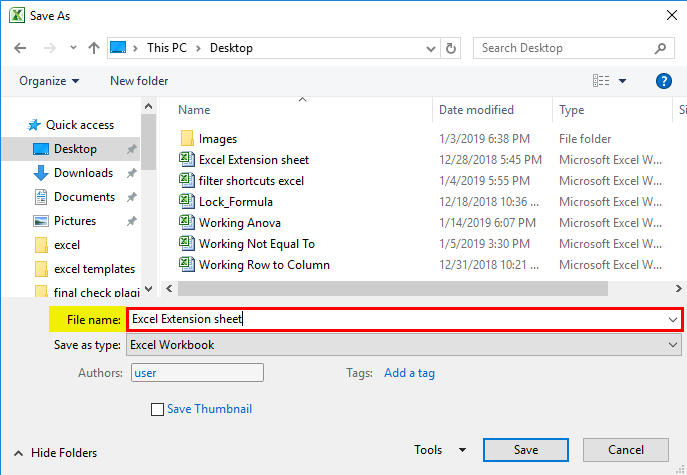
- Microsoft access file extention full#
- Microsoft access file extention software#
- Microsoft access file extention plus#
Macro-enabled documents include a file name extension that ends with the letter "m" instead of an "x". These new formats are still being used in the latest 2016 edition of Microsoft Office, but the older formats are still supported and can be opened in their respective programs.Īnother change introduced in the 2007 Office release was that there are different extensions for files that have macros enabled and those that do not. The key difference is that the original files were saved in binary form and the new ones are XML-based. With the release of Office 2007, Microsoft was trying to leave those well-known extensions in the past and replace them with the new XML-based formats that have a 4-letter file extensions, with "x" being appended to the original extension, so for example. ppt files being probably the three most known. Over the years, users became familiar with most of the common Microsoft Office file extensions, with. These two can be only obtained as part of Office 365 subscription.
Microsoft access file extention plus#
Microsoft access file extention software#
The latest edition, Office 2016, is available for Windows and OS X in several editions that offer various combinations of productivity software and also as a subscription based platform - Office 365. This category of file extensions contains file types from the Microsoft Office productivity suite and its individual programs. Microsoft Office file extension list List of file types used by various applications from Microsoft Office productivity suite and Office 365 apps. In some circumstances, however, you receive the following error message:Ĭouldn't lock table currently in use by user on computer. In most lock conflict situations, you receive a generic "Write conflict" message that allows you to save the record, copy it to the Clipboard, or drop the changes that you made. If the Access database engine detects a lock conflict with another user, it reads the lock file to get the computer and security name of the user who has the file or record locked. The Access database engine uses the lock file information to prevent users from writing data to pages or records that other users have locked and to determine who has other pages or records locked. This means that you cannot use the lock file alone to determine who is currently using the database. However, the user's entry may be overwritten when another user opens the database. When a user closes a shared database, the user's entry is not removed from the lock file. For more information, see Chapter 1: Understanding Microsoft Access 2000 Client/Server Development.
Microsoft access file extention full#
mdb file for individual users while still allowing full permissions to the folder.Īlthough a file-server solution can support up to 255 simultaneous users, if the users of your solution will be frequently adding data and updating data, it is a good idea for an Access file-server solution to support no more than 25 to 50 users. You can, however, assign read-only permissions to the. Even if you want users to have different file privileges (for example, some read-only and some read-write), all users sharing a database must have read, write, and create permissions to the folder. If you plan to share a database, the database file should be located in a folder where users have read, write, create, and delete privileges. Then, the lock file isn't deleted because it contains information about who was using the database at the time the database was marked as corrupted. The only exceptions are when a user doesn't have delete rights or when the database is marked as corrupted.


Whenever the last user closes a shared database, the lock file is deleted. For example, if you open (for shared use) the Northwind.accdb sample database in C:\users\\documents\, a file named Northwind.laccdb is automatically created in the same documents folder.

The lock file always has the same name as the opened database, and it's located in the same folder as the opened database. Automatic lock file creation and deletionįor every database that's opened for shared use, a ".laccdb" or ".ldb" file is created to store computer and security names and to place extended byte range locks. Both the ".laccdb" and ".ldb" files are commonly referred as lock files. accdb databases and the ".ldb" file is used with ".mdb" databases. The ".laccdb" or ".ldb" file is used to determine which records are locked in a shared database and by whom. The ".laccdb" or ".ldb" file plays an important role in the multi-user scheme of the Microsoft Access database engine. For more information about this change, read this blog post. Office 365 ProPlus is being renamed to Microsoft 365 Apps for enterprise.


 0 kommentar(er)
0 kommentar(er)
